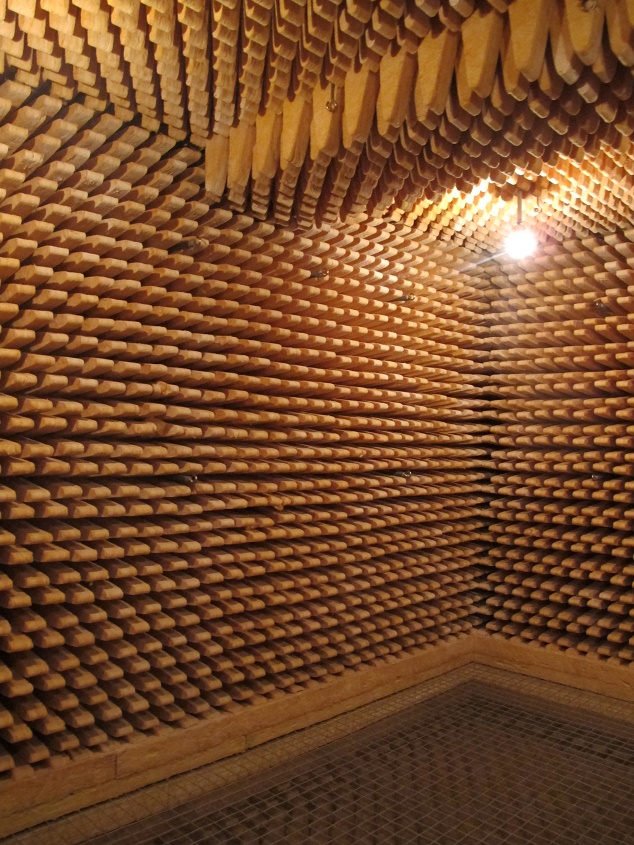OP
- Joined
- Mar 18, 2023
- Messages
- 673
- Likes
- 1,048
- Thread Starter
- #41
Does the download work out? Here are some outtakes. The first graph is a Neumann KH310 measured in a reflection free room, second a Neumann KH420 center speaker in an new build Dolby Atmos Setup with Sub KH870. No Mic calibration, so above 6k its not true ;-) Graph 3 is also the Atmos Center with smoothing for better reading.
View attachment 311137
View attachment 311138
View attachment 311139
As you can see, the anechoic chamber is not really anechoic below 200Hz, its a small one. The center speaker measurement shows some dips around 600 to 800Hz, which could be caused the big console between the speaker and the listening position.
Thank you! Crazy flat! Are these the same room? There's a difference in spectrogram between KH310 and all the others, so I assume those are two different spaces? Do you happen to have some pictures of it? At what distance the measurement were taken? Anyway the decay on either is really, really short especially on the low end, I wonder how it feels to listen to music there


